#feministfriday episode 435 | Fit for a queen
Good morning team,
I am in Bangkok! That's why if you are in Seattle you are recieving this email on basically Thursday afternoon. If you're in NZ, though, you should for the first time have a Fem Fri that is appropriately and definitely on Friday.
I'm here for work which means that most of the time I have been doing PowerPoint in an air conditioned hotel, but on Thursday morning I got to biff around the city and YOU BETTER BELIEVE I went to the textiles museum! It was founded by fashion icon Queen Sirikit and there's currently a whole exo devoted to her clothes through the decades. You weren't allowed to take photos in that bit so let's have a look together at some of her looks I found online:
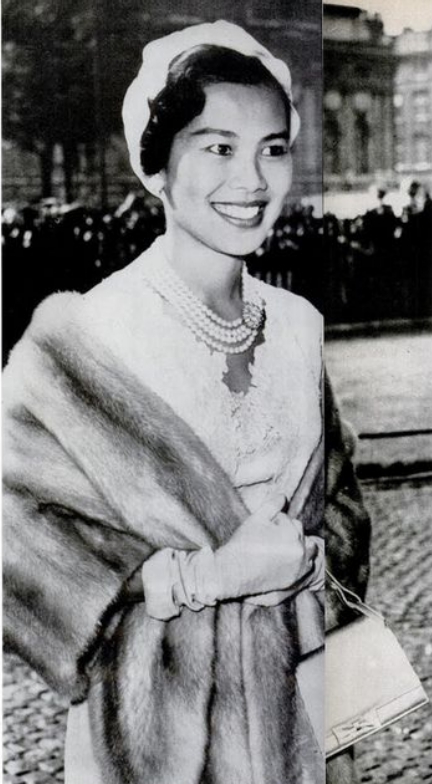
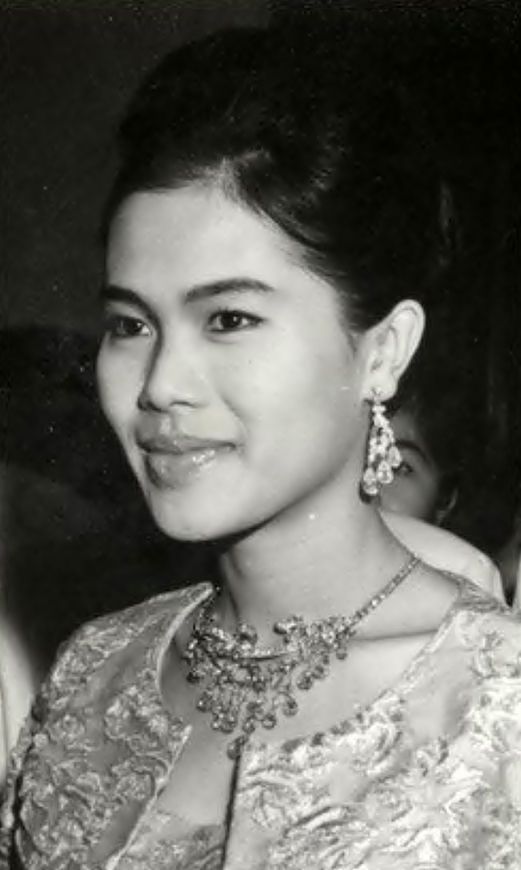
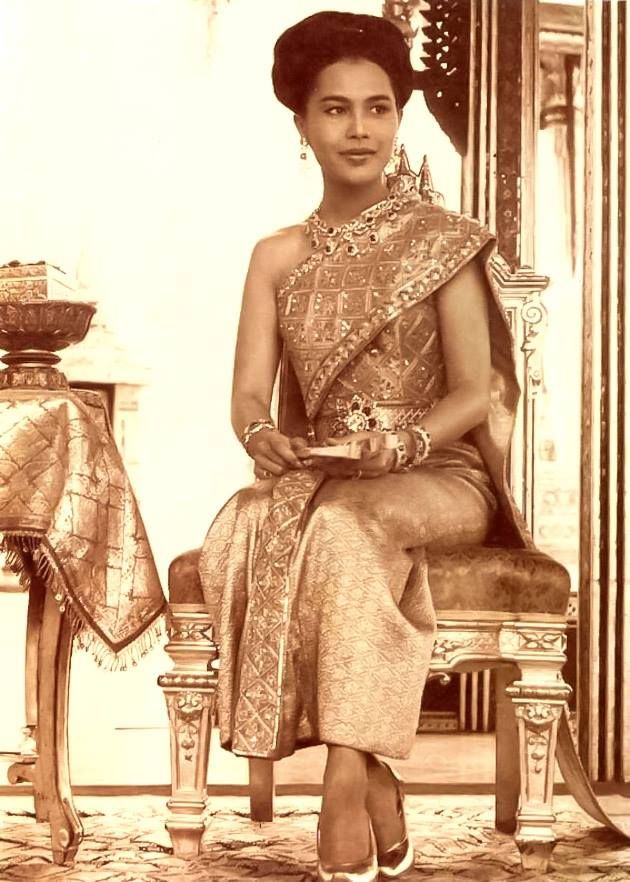
As you know I love pretty dresses, but I also love having and sharing (rarely solicited) marketing ideas. Queen Sirikit created a foundation devoted to preserving the traditional textiles of Thailand (awesome) and lots of the notes in the museum end with things like "and then she shared some marketing ideas with the tribe who make this fabric." Highly, highly relatable move. She obviously also practised what she preached because a lot of her couture dresses were made with these fabrics.
Here's one of my favourite fabrics, a lovely sort of brocade called khit:
Struck by the beauty of khit, Her Majesty selected one of the narrow patterns and asked weavers to repeat it to create a wider cloth suitable for fashion or decorating. Sales opportunities for the weavers were thus increased. The pattern chosen by Her Majesty for this innovation was based on a traditional one, but the weavers renamed it Lai Somdet (ลายสมเด็จ) or “The Queen’s Pattern”.
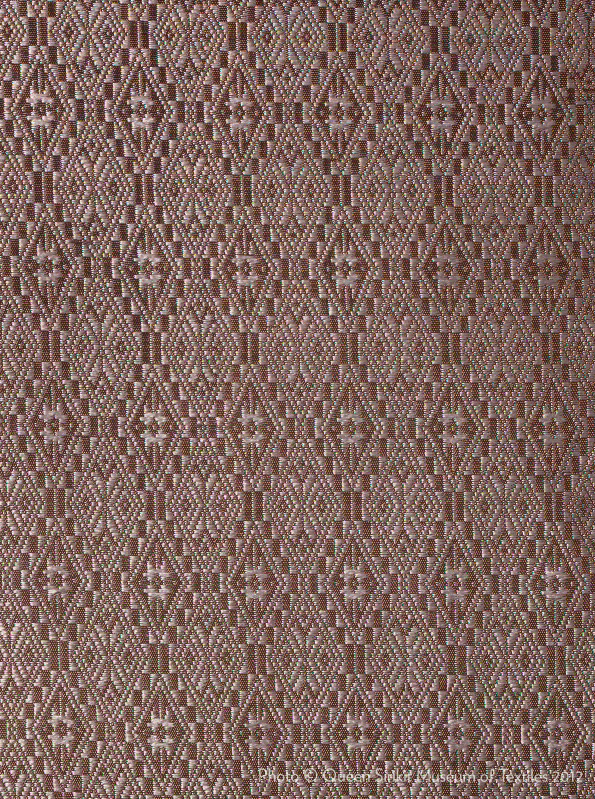
https://www.thailandfoundation.or.th/th/culture_heritage/khit/
Here's a photo of khit from the museum:
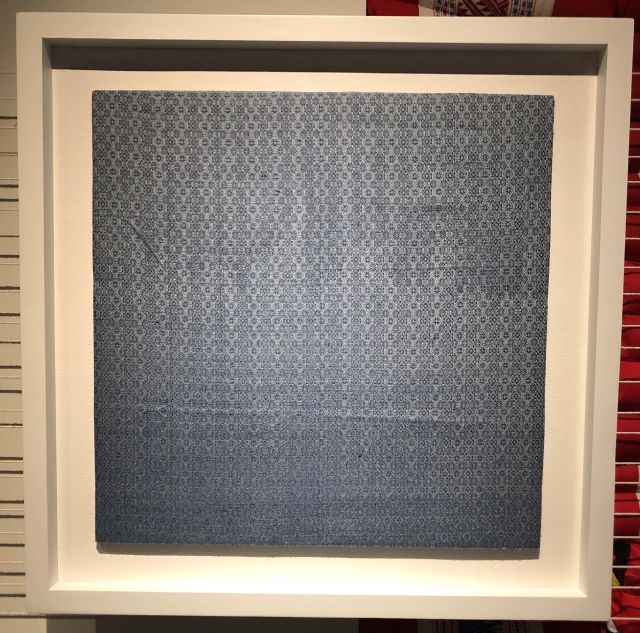
I'm sure you have heard of batik, but did you know about Carolina Josephina von Franquemont, early commercial and chemical innovator? She created a new way of making a green dye
Carolina Josephina von Franquemont in 1840, at age twenty-three, started a batik workshop. Indeed, she is the earliest female Indo-European batik entrepreneur known to us today. She moved her workshop in 1845 to the slopes of volcanic Mount Ungaran near the Ungaran River in Semarang, where she had relatives. There she had at her disposal not only clean water for the preparation of white cotton and the dye process but also trained batik makers and only a short distance away a well-to-do clientele.

https://classicalbatik.blogspot.com/2008/07/masterpieces-of-batik-pesisir-north_24.html
For good measure, here's a batik from the museum too:
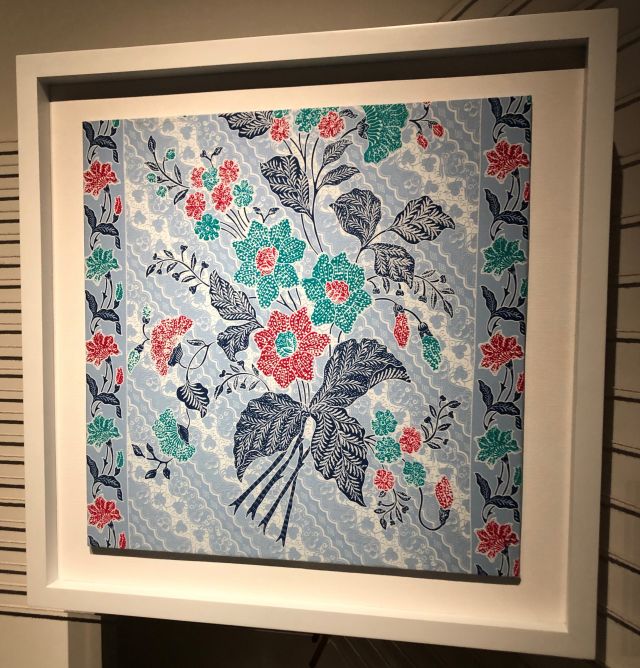
MORE BROCADE. I just love brocade, this one is called Phrae Wa and is made only by the Phu Tai women of the Kalasin province. There's a good video about it on this page:
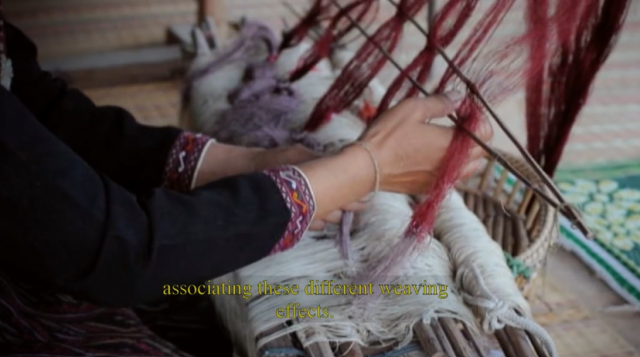
https://tissusetartisansdumonde.fr/en/the-phrae-wa-weavers/
Here's the shot I took in the museum:
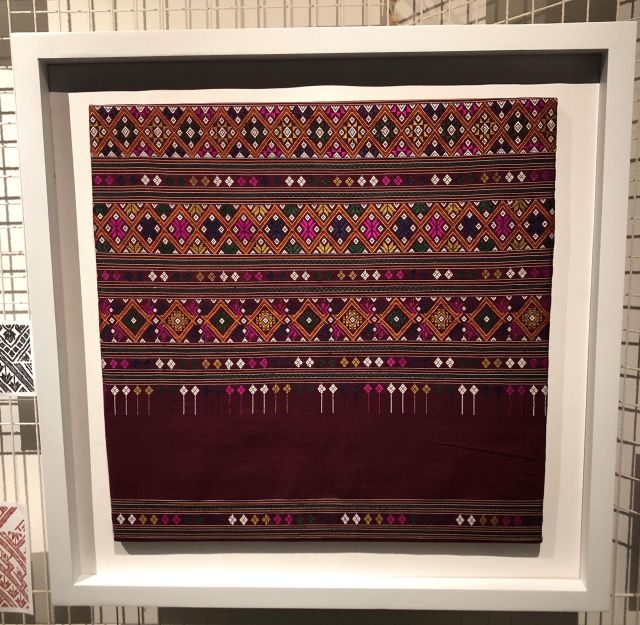
Have a smashing weekend, pals :)
Alex.